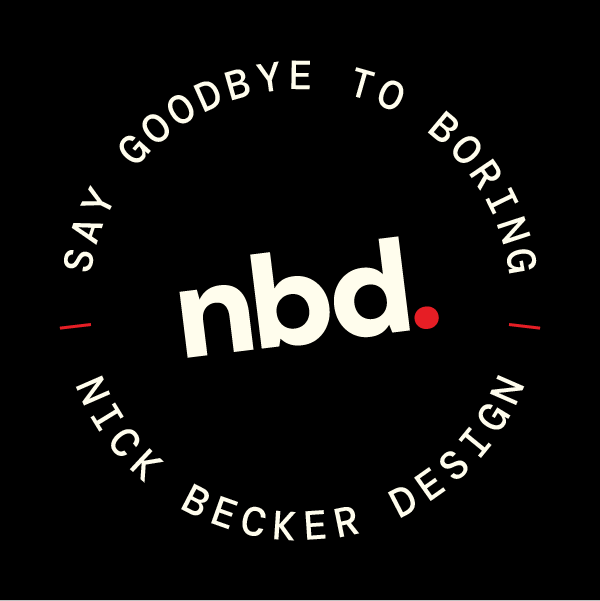What’s Disrupting AI‑Driven Design & Dev in June 2025

1. Apple’s “Digital‑Glass” Overhaul (WWDC 2025)
Starting June 9, Apple is transitioning to year‑based OS naming—iOS 26, macOS 26 (Tahoe), etc.—and rolling out a bold UI redesign inspired by Vision Pro’s translucent, rounded aesthetic.
Why it matters for NBD: The shift highlights how major platforms are converging AR-inspired visuals with practical AI features—something brand builders and dev teams must anticipate.
2. Figma’s Model Context Protocol (MCP)
Figma has released a beta MCP server that offers coding agents like Copilot direct access to vector data, not just pixel visuals. This is a leap from image-based translation to code—they’ll soon generate production-ready UI components from exact specs.
Why it matters: Clearer handoffs. Expect faster build times, fewer miscommunications, and automated dev pipelines for NBD projects.
3. Google’s Stitch & Jules: AI That Designs & Codes
Google unveiled two AI agents—Stitch, which converts UI descriptions into Figma comps and front‑end code, and Jules, a reasoning-first code assistant within GitHub workflows. Powered by Gemini 2.5 Pro, they aim to shrink designer-developer disconnect.
For NBD: Integrations like these could radically speed up UI-to-code workflows—game‑changer for your subscription model and high‑velocity iterative work.
4. LoveFrom + OpenAI = New Design of AI Hardware
Jony Ive’s LoveFrom has been acquired by OpenAI (valued at ~$6.5B), with Ive’s firm now leading OpenAI’s design efforts Early prototypes reportedly signal a screenless AI device that prioritizes humane interaction, not distraction.
Why it matters: Design is becoming central to AI’s physical future—not just UX/UI, but industrial form, mental wellness, and brand resonance in hardware.
5. AMD Advancing AI & Sustainable AI Practices
On June 12, AMD is hosting “Advancing AI 2025”—an optics-heavy event on AI infrastructure. Parallel conversations in academia (like Lausanne’s “Greening AI” agenda) emphasize that software architecture must now factor in environmental costs.
Why it matters: Designing systems with sustainability in mind isn’t optional—it’s expected. For NBD, it’s an opportunity to lead with eco-conscious deliverables.
How NBD Leads in This Shift
Embrace UI-as-Code pipelines: Invest early in Figma+MCP, Stitch, Jules—automate repetitive dev tasks to free creative focus.
Adopt “digital-glass” aesthetics: Align brand visuals with Apple’s emerging design language—translucent, soft, immersive.
Build for cross-device empathy: Develop experiences that could seamlessly extend into future hardware—AR, AI wearables, screenless.
Showcase your green credentials: Audit your design/dev workflows for energy efficiency and share that in client pitches.
Focus on developer-friendly design systems: With AI tooling translation on the rise, create atomic, spec-friendly design systems to stay ahead.
Final Word
The bleeding edge of 2025 isn’t about chasing AI magic—it’s about integrating AI tooling into real, human-first workflows and beautiful experiences. From Apple’s UI coherence to Google’s design-to-code bridges and sustainability-conscious AI practices, the message is clear: be future-ready, be empathetic, and build with purpose.